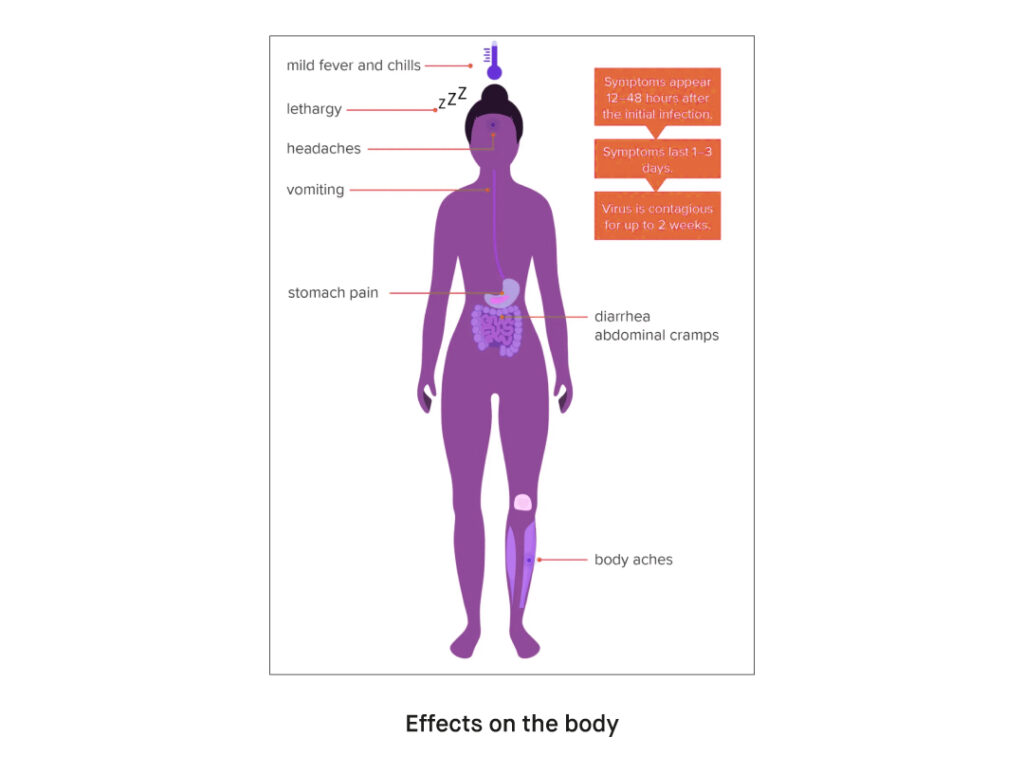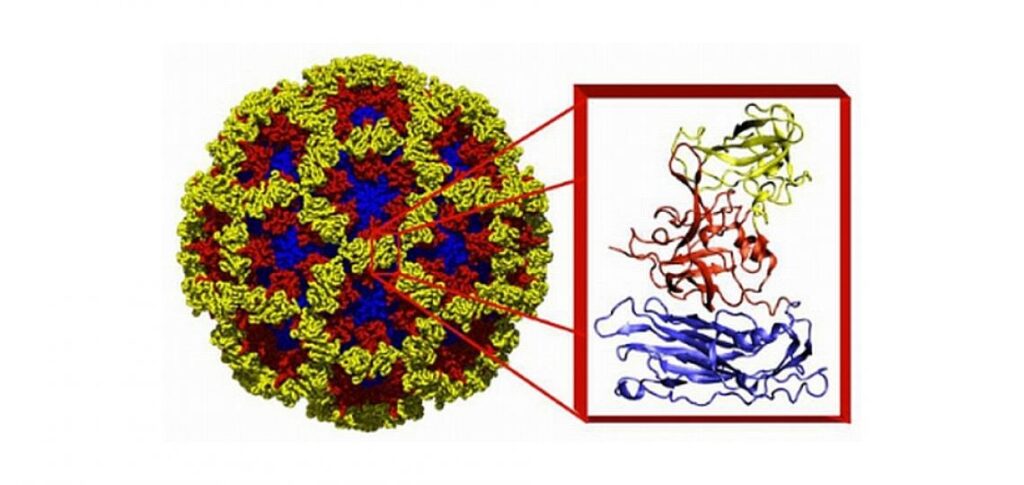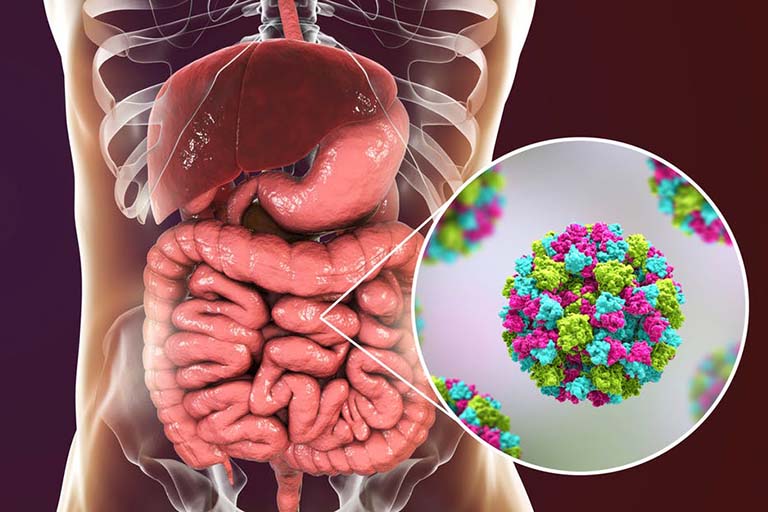What are Norovirus Symptoms? A brief article on Norovirus.
“Understanding Norovirus: The Unseen Culprit of Gastrointestinal Woes”

What are Norovirus Symptoms? A brief Introduction:
In the realm of infectious diseases, one microscopic villain often steals the spotlight for its notorious ability to cause widespread outbreaks of gastrointestinal distress – Norovirus. In this blog post, we’ll delve into the intricacies of this highly contagious virus, exploring its characteristics, transmission, symptoms, prevention, and the impact it has on public health.
The Basics of Norovirus:
What are Norovirus Symptoms. The Norovirus, often dubbed the “winter vomiting bug,” belongs to the Caliciviridae family and is the leading cause of acute gastroenteritis across the globe. It is notorious for its resilience, capable of surviving on surfaces for days to weeks and resisting common disinfectants.
Transmission:
The virus spreads primarily through the fecal-oral route, with contaminated food, water, surfaces, and person-to-person contact serving as the primary vectors. Highly contagious, Norovirus outbreaks frequently occur in crowded and enclosed spaces such as schools, cruise ships, hospitals, and restaurants.

Symptoms:
What are Norovirus Symptoms? The Norovirus infections manifest with a rapid onset of symptoms, typically 12 to 48 hours after exposure. Common symptoms include nausea, vomiting, diarrhea, abdominal cramps, fever, and muscle aches. Although the illness is usually self-limiting and lasts for a few days, the severity can vary, especially in vulnerable populations such as the elderly, young children, and individuals with weakened immune systems.
Prevention:
Preventing Norovirus infections involves a combination of personal hygiene, environmental sanitation, and vigilant food handling practices. Proper handwashing, especially after using the restroom or changing diapers, is crucial. Thorough cleaning and disinfection of surfaces, particularly in outbreak-prone settings, are essential. Additionally, practicing safe food preparation and avoiding the consumption of contaminated food and water are key preventive measures.
Impact on Public Health:
Norovirus is a significant public health concern due to its ability to cause large-scale outbreaks, leading to economic burdens on healthcare systems and industries. Cruise ships, in particular, often make headlines for Norovirus outbreaks, highlighting the importance of strict hygiene measures in confined spaces. The virus’s resilience and high infectivity make it a formidable foe, requiring coordinated efforts in surveillance, prevention, and education to mitigate its impact.
The US Centers for Disease Control and Prevention (CDC) said the stomach virus known as the “norovirus” is spreading across the northeastern region of the US, affecting the region harder than other parts of the country which have recently reported a surge in norovirus cases.
Conclusion:
In the world of infectious diseases, Norovirus stands out as a stealthy and highly contagious adversary, causing widespread gastrointestinal distress and impacting public health on a global scale. Understanding its characteristics, transmission pathways, and preventive measures is essential for individuals and communities to combat its spread effectively. Through education, proper hygiene practices, and a collective commitment to sanitation, we can work towards minimizing the impact of Norovirus outbreaks and promoting a healthier, safer environment for all.
This article is prepared by Usha News

